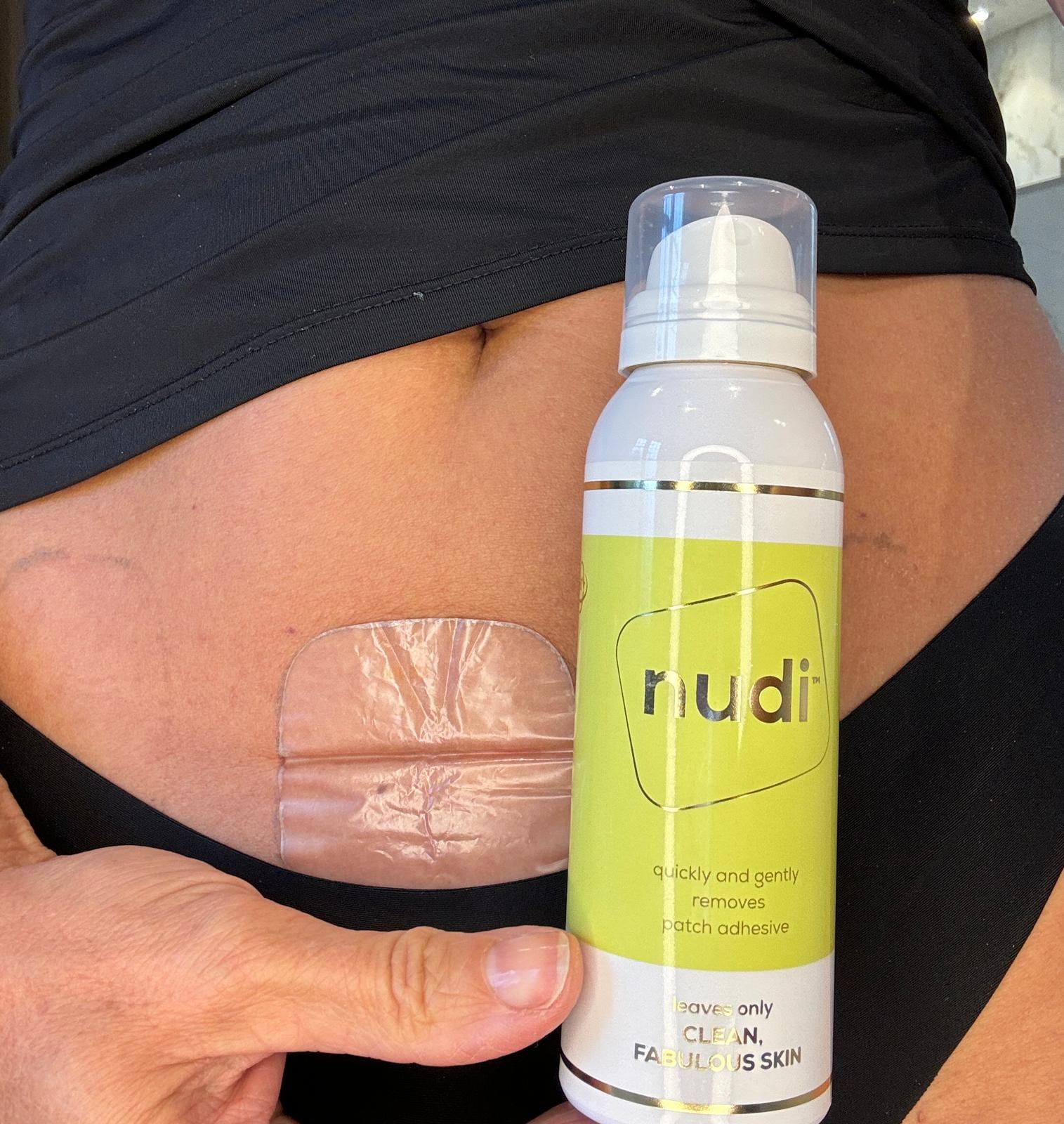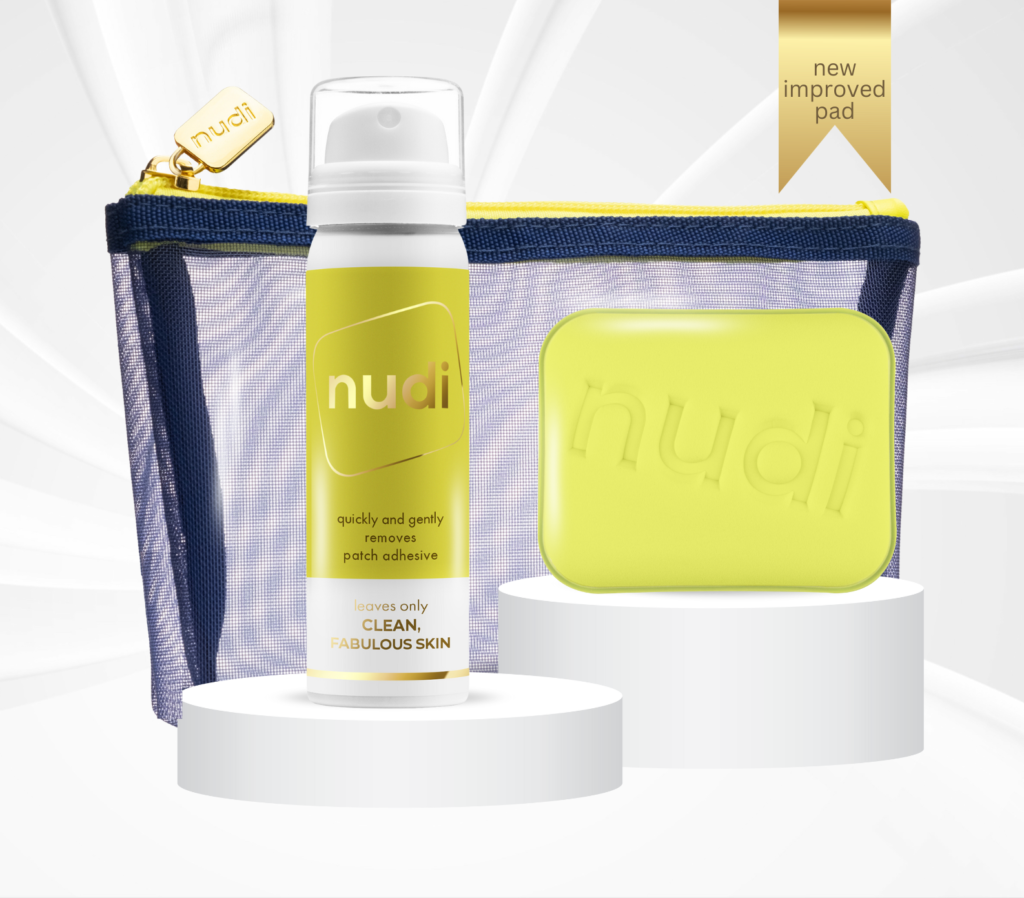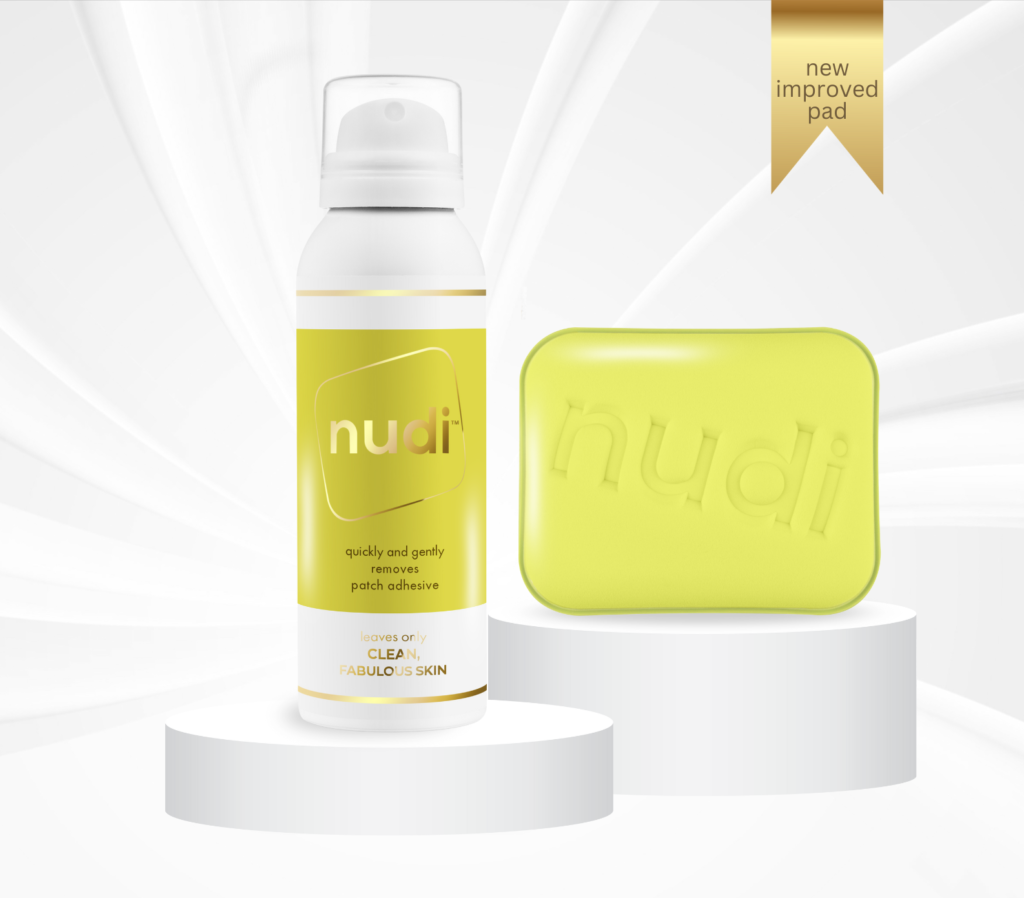
When you’re undergoing Hormone Replacement Therapy (HRT), every detail of how you apply your HRT patch matters. From choosing the right application site to ensuring proper HRT patch maintenance, each step plays a role in maximising the benefits of oestrogen therapy while minimising risks like skin irritation or poor hormone absorption.
Many people wonder, “Can I put my HRT patch on my stomach?” The answer is yes – but following some best practices will help you get the most out of your treatment. This guide will walk you through everything you need to know about applying and maintaining your HRT patch to maximise its benefits.
What Is Hormone Replacement Therapy (HRT)?
Hormone replacement therapy (HRT) is designed to help women manage the symptoms of menopause. It replaces the oestrogen that the body no longer produces in sufficient quantities after menopause. There are different types of HRT, depending on your individual needs:
- Oestrogen-only HRT – For women who have had a hysterectomy.
- Combined HRT (oestrogen + progesterone) – For women who still have a uterus, as progesterone protects against uterine cancer.
- Transdermal HRT – Delivered through the skin via patches, gels, or creams.
Among these, transdermal oestrogen therapy using patches is highly recommended due to its consistent hormone delivery and reduced risk of certain side effects compared to oral forms of HRT.
Why Choose Transdermal Oestrogen Therapy?
The benefits of transdermal oestrogen therapy go beyond symptom relief. Unlike oral HRT, which must pass through the liver, transdermal patches deliver hormones directly into the bloodstream. This reduces the risk of blood clots and other complications. Key benefits include:
- Maintaining steady hormone levels throughout the day.
- Fewer digestive side effects compared to oral medications.
- Effective relief for symptoms like vaginal dryness, mood swings, and hot flashes.
However, like any treatment, it’s essential to consider both the benefits and risks of transdermal patches. Long-term use may increase the risk of breast cancer or cardiovascular issues, depending on individual health factors. Always consult your healthcare provider to discuss your personal situation.
Best Sites for HRT Patch Application
The success of your HRT patch therapy depends on where you place your patch. Let’s explore the most suitable sites.
Lower Abdomen (Stomach)
Yes, you can apply your HRT patch to your lower abdomen, below the waistline. This is a highly recommended area due to its accessibility and consistent absorption. Keep in mind:
- Avoid applying the patch over cuts or irritated skin.
- Rotate application sites regularly to reduce skin irritation.
- Do not place the patch over bony areas.
Hips and Buttocks
These areas are equally effective for patch placement. Use a flat surface and ensure the skin is free from oils or lotions. Tight clothing can cause the patch to peel off, so avoid areas with high friction.
Areas to Avoid
- Breasts: Applying patches near the breasts may increase the risk of side effects.
- Damaged or irritated skin: This may worsen irritation or reduce hormone absorption.
- Sun-exposed areas: Prolonged exposure can affect patch adhesion and effectiveness.
Proper Application Techniques for Maximum Effectiveness
Preparing the Skin
- Wash the chosen area with mild soap and water.
- Avoid applying lotions, oils, or powders.
- Make sure the skin is completely dry before applying the patch.
Applying the Patch
- Open the pouch carefully to avoid damaging the patch.
- Peel off the protective liner.
- Place the sticky side on your skin and press firmly for about 10 seconds, especially around the edges.
- Wash your hands after applying the patch to avoid transferring medication to other areas.
Dealing with Baths and Showers
One of the common concerns is whether the patch will stay on during a bath or shower. Most patches are waterproof and will remain in place during bathing. However, avoid scrubbing the area directly. If your patch falls off, replace it with a new one immediately.
Managing Adhesive Residue and Skin Care
Adhesive residue can be annoying, but it’s easy to manage with the right products. Adhesive residue removal is an essential part of transdermal patch care, and using a specialised remover like Nudi Spray can help:
- Spray Nudi Spray adhesive remover on the affected area.
- Wait a few seconds to let it loosen the residue.
- Gently wipe with a soft cloth until clean.
Maintaining healthy skin is crucial. Rotate your application sites and use a gentle moisturiser after removing the patch. This will help prevent irritation and keep your skin in good condition.
Benefits and Risks of Long-Term HRT Use
While hormone replacement therapy HRT can improve your quality of life, it’s important to weigh the long-term benefits and risks.
Benefits:
- Reduced risk of osteoporosis and fractures.
- Improved mood and cognitive function.
- Effective management of menstrual cycle irregularities and hormone fluctuations.
Risks:
- Increased risk of breast cancer with prolonged use.
- Some women may experience vaginal bleeding or spotting, especially in the first few months.
- Mild side effects such as skin irritation or redness at the application site.
If you experience persistent side effects, speak to your healthcare provider to adjust your treatment plan.
FAQs: Common Concerns About HRT Patches
- Can I apply lotion before placing my HRT patch?
No, avoid using lotions or oils on the application site, as they can prevent the patch from sticking properly. - How often should I rotate application sites?
It’s best to rotate sites with each new patch application to avoid skin irritation. - What should I do if my patch falls off during a bath or shower?
If your patch falls off, replace it with a new one on a different site. - How do I remove adhesive residue?
Use Nudi Spray adhesive remover for quick and gentle removal to avoid damaging your skin. - Is it normal to experience vaginal bleeding while on HRT?
Some bleeding is common during the early stages of HRT. Contact your doctor if the bleeding persists.
Conclusion
Proper application and maintenance of your HRT patch can greatly improve your menopause management experience. By choosing the right sites – such as your lower abdomen, hips, or buttocks – and following best practices, you’ll ensure steady hormone delivery and minimise side effects.
Don’t forget to use tools like Nudi Spray to manage adhesive residue and keep your skin healthy. As always, consult your healthcare professional for personalised advice on hormone replacement therapy HRT and to discuss the long-term benefits and risks. With the right approach, you can confidently manage menopause and improve your quality of life.
Note: This blog outline is intended for educational purposes and should not replace professional medical advice. Always consult with a healthcare provider for personalised guidance on hormone replacement therapy and related products.
Our Products

Adhesive Remover Starter Kit
Designed to remove the most stubborn patch or tape glue from all skin types in a neat travel sized pack .
- Nudi Spray™ 50ml
- Easi Pad™
- Nudi™ Patch Bag
£15

Glue Free Forever!
Subscribe & Save
Enjoy our great value subscription direct to your door without giving glue another thought.
- Nudi Spray™ 100ml
- Easi Pad™
- Cancel anytime
£16

Top Up!
Designed to remove the most stubborn patch or tape glue from all skin types in our larger 100ml can.
- Best Seller
- Nudi Spray™ 100ml
- Easi Pad™
